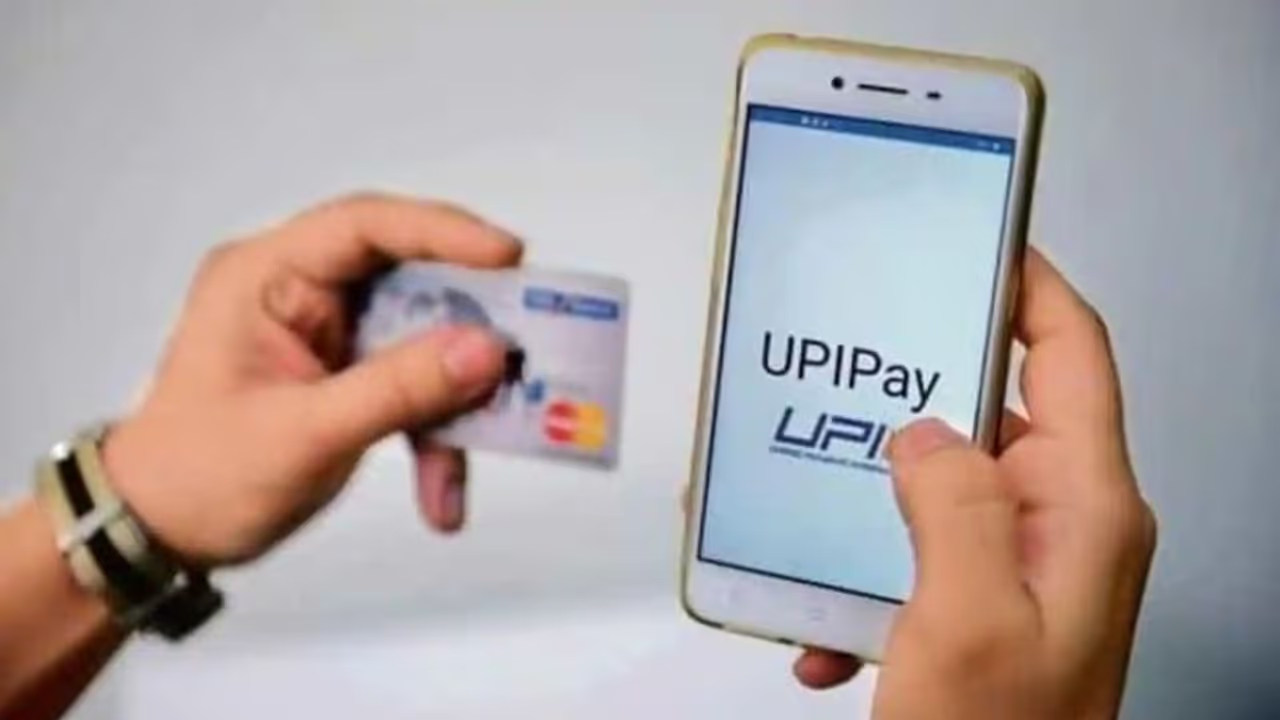"UPI simplifies purchases by connecting customers' debit cards to their savings or current accounts. It is currently suggested to allow credit card linkage on the UPI platform, with RuPay credit cards being the first to be linked," Das stated.
In a significant change to how the Unified Payments Interface (UPI) works, the Reserve Bank of India (RBI) announced today that credit cards would also be permitted to be connected to UPI accounts. The indigenous RuPay credit cards will be the first to be connected, followed by other card networks such as Visa and Mastercard.

Customers could previously only attach their debit cards to UPI. RBI Governor Shaktikanta Das made the statement during his monetary policy address.
"UPI simplifies purchases by connecting customers' debit cards to their savings or current accounts. It is currently suggested to allow credit card linkage on the UPI platform, with RuPay credit cards being the first to be linked," he stated.
Also Read | RBI raises repo rate by 50 bps to 4.90%, second hike in 2 months
"This will increase consumer convenience and broaden the reach of digital payments," the governor added. It is currently unclear how the Merchant Discount Rate (MDR) will be applied to credit card UPI transactions. The merchant pays a percentage of the transaction amount for each transaction, which is subsequently distributed among the banks and payment service providers.
According to a rule that went into effect on January 1, 2020, UPI and RuPay are subject to zero-MDR, which means that no fees are imposed to these transactions. This is one of the primary reasons why UPI is being widely adopted by retailers around the country.
Also Read | Explained: How RBI's rate hike will impact you?
Credit cards, on the other hand, have the highest MDR of two to three percent. It will be necessary to establish if MDR must be waived for transactions involving credit cards linked to UPI. Furthermore, credit cards are subject to more stringent security procedures, such as two-factor verification, which may be difficult to establish for UPI transactions.
